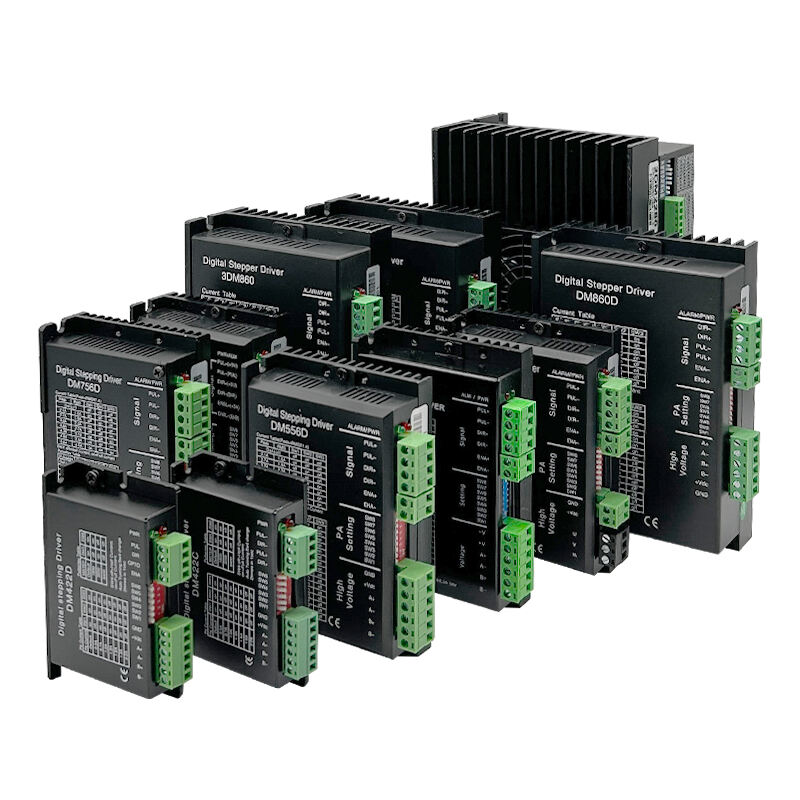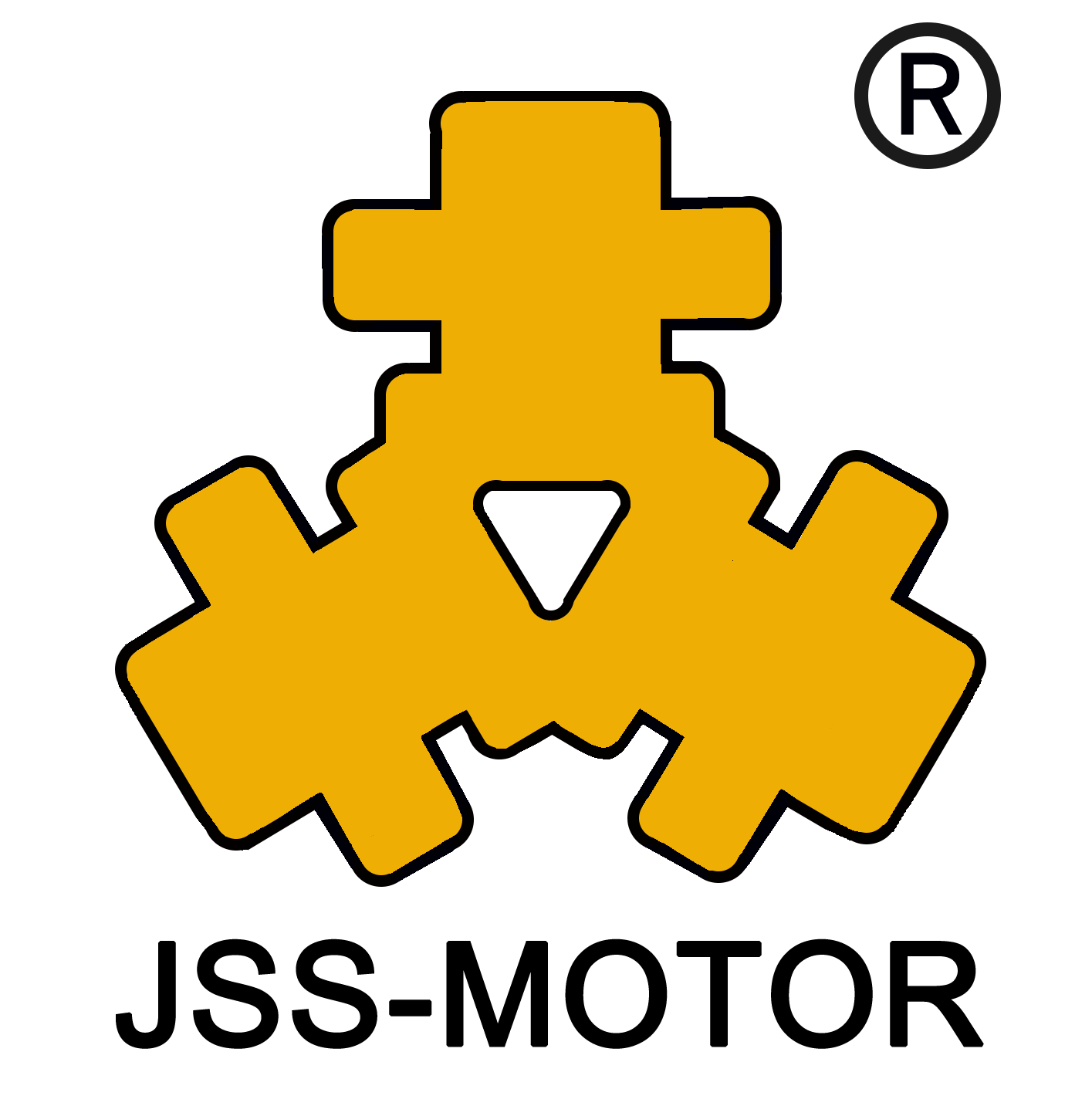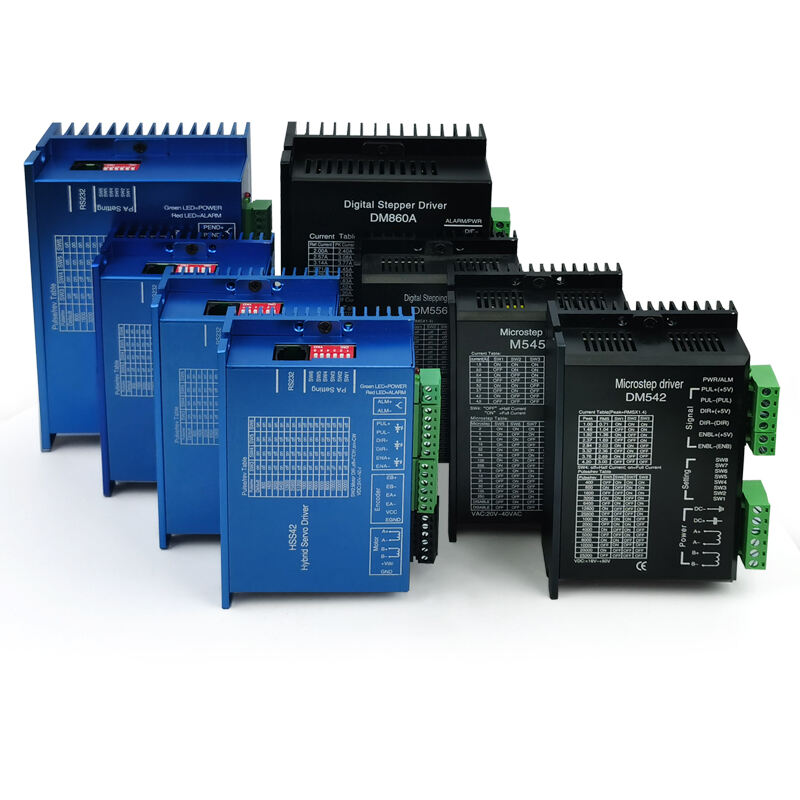Understanding Current Limitation in Stepper Motor Control Systems
Stepper motor drivers play a crucial role in modern automation and precision control applications. Setting proper current limits before initial operation is not just a recommendation - it's an essential practice that can determine the success or failure of your entire motion control system. When working with a stepper motor driver, careful current limitation protects both the driver and motor while ensuring optimal performance.
The relationship between current settings and motor performance is fundamental to achieving precise motion control. By properly configuring current limits, you create a foundation for reliable operation while preventing potential damage to your expensive equipment. Let's explore the comprehensive reasons behind this critical setup requirement and learn how to implement it effectively.
Core Benefits of Current Limit Configuration
Protection Against Motor Damage
Implementing current limits through your stepper motor driver serves as a primary defense mechanism against potential motor damage. When stepper motors receive excessive current, they can experience rapid temperature increases that may lead to demagnetization of the motor's permanent magnets or breakdown of the winding insulation. By setting appropriate current limits, you create a safety barrier that prevents these destructive scenarios.
Additionally, proper current limitation helps maintain the motor's longevity by preventing thermal stress cycles. Even if a motor can temporarily handle higher currents, repeated exposure to excessive current levels will gradually degrade its performance and reduce its operational lifespan. A well-configured stepper motor driver ensures consistent, safe operation within the motor's designed parameters.
Optimization of Power Efficiency
Current limit settings directly impact the power efficiency of your stepper motor system. When current limits are properly configured, the stepper motor driver delivers only the necessary power needed for the intended application. This optimization results in reduced energy consumption and lower operating temperatures, which is particularly important in battery-powered or thermally sensitive applications.
Moreover, efficient current utilization through proper limiting can significantly reduce heat generation in both the motor and driver. This thermal management aspect is crucial for maintaining system reliability and reducing the need for additional cooling solutions, which can add complexity and cost to your setup.
Technical Considerations for Current Limit Setting
Motor Specifications and Requirements
Before adjusting any stepper motor driver settings, it's essential to understand your motor's specifications thoroughly. The rated current, phase resistance, and inductance values provided by the manufacturer serve as the baseline for determining appropriate current limits. These specifications ensure that your current settings align with the motor's design parameters and operational requirements.
Consider the motor's duty cycle and environmental conditions when establishing current limits. A motor operating continuously in a high-temperature environment may require lower current limits compared to one used intermittently in cooler conditions. The stepper motor driver must be configured to accommodate these operational variables while maintaining safe and efficient performance.
Application-Specific Adjustments
Different applications demand different approaches to current limitation through the stepper motor driver. High-speed applications may require higher current limits to maintain torque at elevated speeds, while precision positioning tasks might benefit from lower current settings to reduce unwanted vibrations and resonance effects.
The load characteristics also influence current limit selection. Dynamic loads, varying friction conditions, and inertial requirements all play crucial roles in determining optimal current settings. Your stepper motor driver configuration should account for these application-specific factors to ensure reliable and efficient operation.

Implementation Strategies for Current Limiting
Initial Setup Procedures
When configuring a stepper motor driver for the first time, begin with conservative current limits below the motor's rated values. This cautious approach allows you to verify system behavior safely before optimizing performance. Start with approximately 70-80% of the rated current and observe the motor's response to different operating conditions.
Document your initial settings and the system's performance characteristics. This documentation becomes valuable reference material for future adjustments and troubleshooting. The stepper motor driver's configuration should be treated as a baseline that can be refined based on actual performance data.
Fine-tuning and Optimization
Once basic functionality is established, fine-tune the current limits to achieve optimal performance. Monitor motor temperature, vibration levels, and positioning accuracy during this process. The stepper motor driver settings should be adjusted incrementally while observing the impact on system behavior.
Advanced users might implement dynamic current limiting strategies where the stepper motor driver adjusts current levels based on operational requirements. This approach can maximize efficiency and performance across varying operating conditions, though it requires careful planning and testing to implement effectively.
Frequently Asked Questions
How do I know if my current limits are set too high?
Signs of excessive current include unusual motor heating, audible noise or vibration, and erratic movement patterns. If you notice any of these symptoms, reduce the current limits through your stepper motor driver immediately and verify proper operation at lower current levels.
Can I use the same current settings for different motors with the same driver?
Each motor requires its own specific current limit settings based on its individual specifications and application requirements. Even identical motor models may need slightly different settings due to variations in load conditions or environmental factors.
Will higher current limits always provide better performance?
No, higher current limits don't necessarily translate to better performance. Excessive current can lead to increased heat generation, reduced efficiency, and potential damage to both the motor and driver. Optimal performance is achieved by finding the right balance for your specific application needs.

